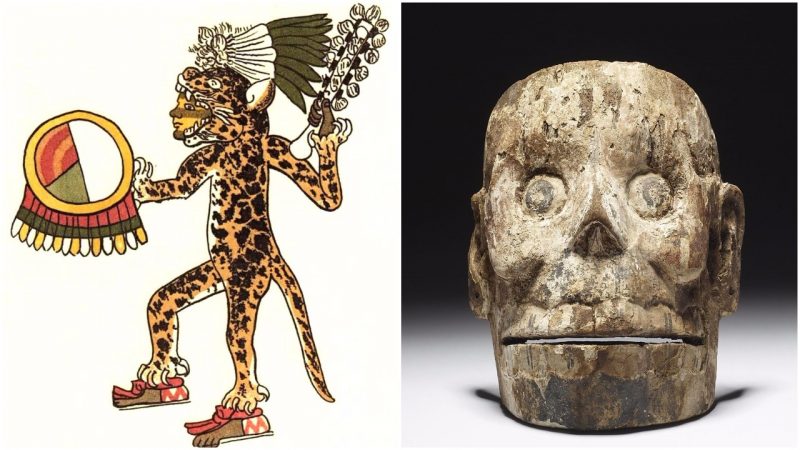The word Aztec is an umbrella term for the ethnic groups that dominated the area of central Mexico prior to the arrival of the European conquistadors.
The Aztec Empire was the most powerful state-like entity that existed in that area: it consisted of three city-states, Tenochtitlan, Texcoco, and Tlacopan, and was also known as the Triple Alliance.
The Aztec Empire ruled the area until 1521 when they were defeated by the Spanish forces of Hernan Cortes which were aided by several native tribes. The dissolution of the Aztec Empire was the start of the near-extinction of ancient Mesoamerican peoples, and their culture and traditions quickly faded and collapsed under the influence of the colonizers.
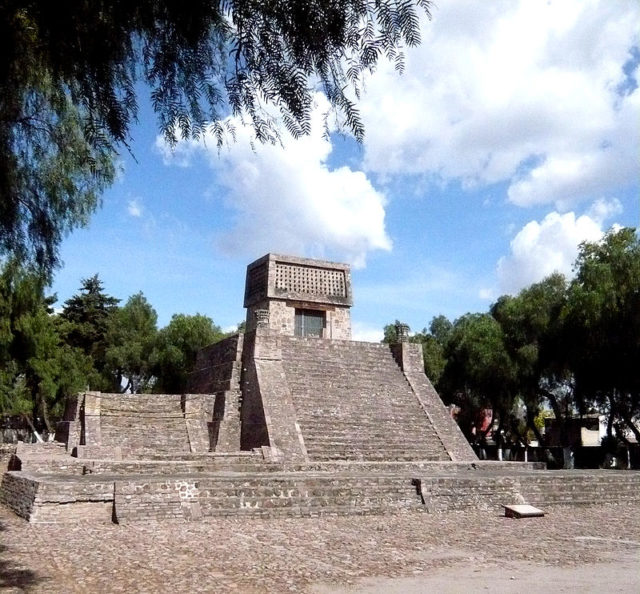
One of the more interesting traditions of the Aztec Empire was the so-called “flower war”. Flower wars were ritual wars fought between the Aztec Empire and several other city-states, including Tlaxcala and Cholula.
Flower wars differed from regular wars because they were fought according to a set of strictly defined conventions. Namely, the armies of opposing sides would meet at preselected sites; these sites were later considered sacred sites, and those who died in the flower wars were considered to be noblemen who had sacrificed themselves to the gods. Also, each competing side was obliged to bring the same number of soldiers to the battlefield.
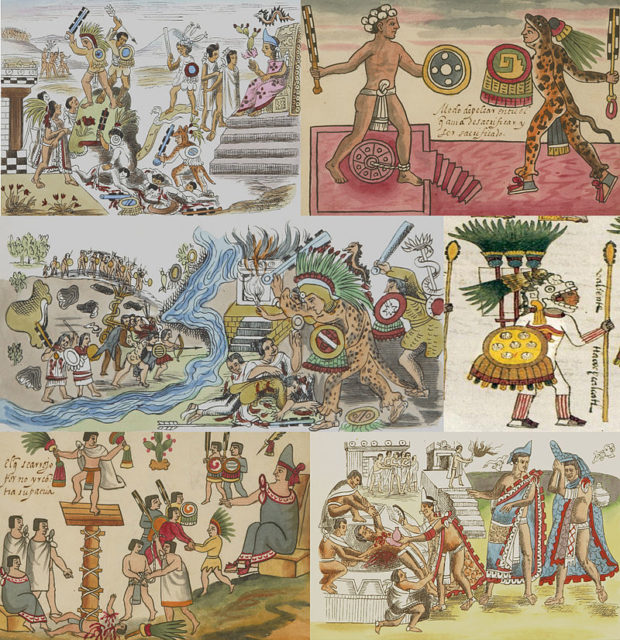
In regular wars, the Aztec Empire used a wide variety of ranged weapons that were meant to harm their opponents at a distance. These weapons included poisoned darts, short spears, and specially carved stones. However, such warfare was forbidden in the flower wars. Since the purpose of flower wars was ritualistic, the soldiers would engage only in close combat; they used axes, swords, daggers and their bare hands.
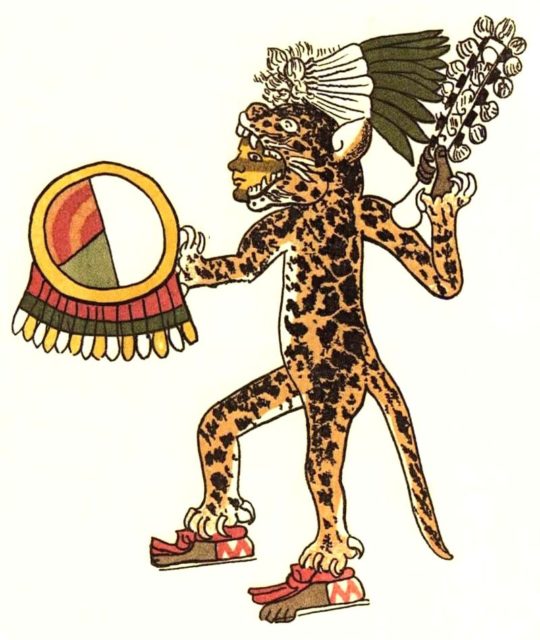
Since many conditions of the flower wars were predetermined, these wars were not as lethal as regular historical wars of the Mesoamerican area.
However, the winning sides would sometimes bring the prisoners to their city-state and execute them in a sacrificial manner. Therefore, the flower wars may seem even crueler and gruesome than regular wars because of their ritual and non-political nature.
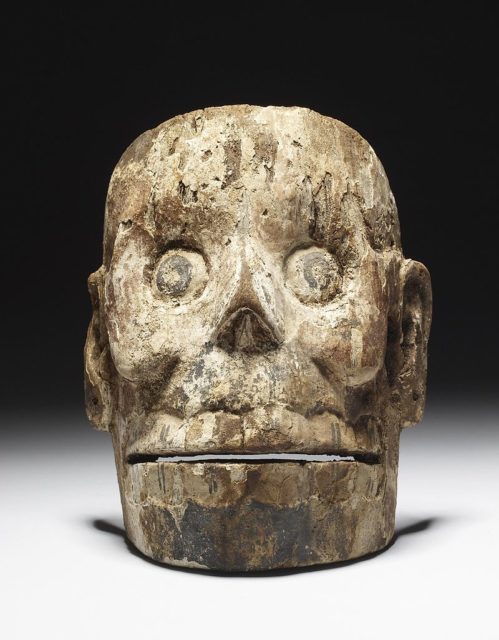
Since the historical sources on the flower wars are rather sparse, contemporary historians disagree on the exact nature of these curious events.
Some claim that their purpose was solely religious, while others claim that their primary purpose was combat training and the display of military supremacy. Sadly, the true nature of flower wars may never be known as the tradition abruptly ended with the arrival of Spaniards in 1519.
